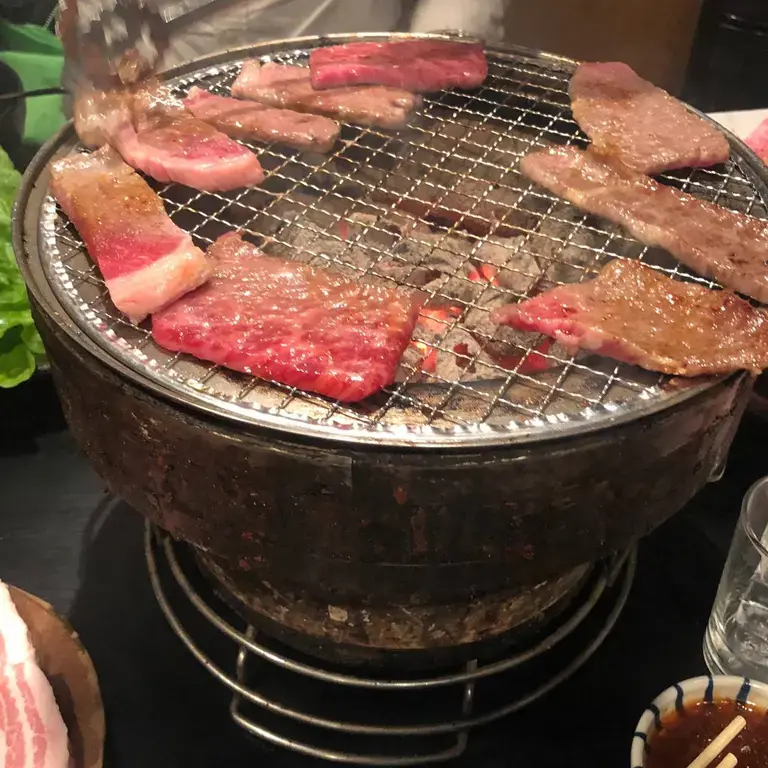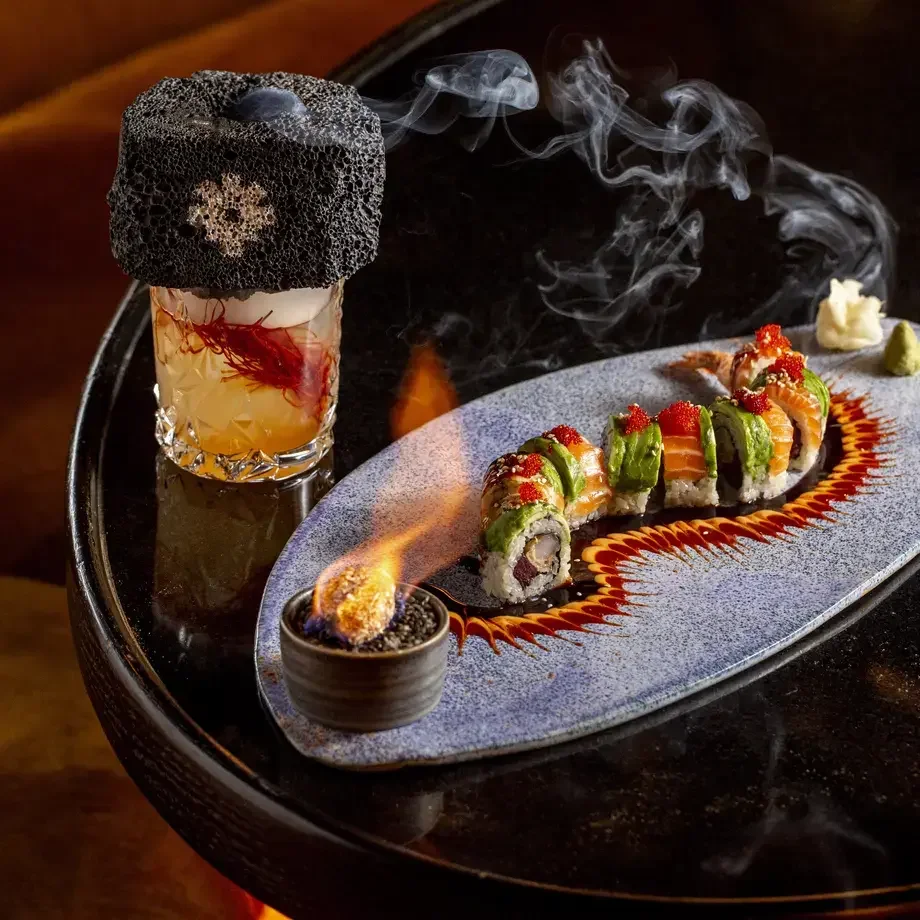Hibachi grills are often associated with yakitori. Yakitori – literally 'grilled bird' – is a Japanese type of skewered chicken. Its preparation involves skewering the meat with kushi, a type of skewer typically made of steel, bamboo, or similar materials.
There is no rule that says you can only cook skewers on a hibachi grill. Hibachi grills can be used to cook a wide variety of food items, including beef, prawns, fish, quail and various vegetables. Cooking your food for the right amount of time and amplifying the flavours with more than salt and pepper are the key things to play around with. Anyway, if you're going to use skewers, choose meats or vegetables that are softer and easier to thread, such as eggplants, zucchini, mushrooms, onions, and thin cuts of meat.
What is yum yum sauce?
Yum yum sauce – also known as white sauce, shrimp sauce, hibachi sauce – is the most famous Japanese steakhouse hibachi sauce. Although this sauce is a popular Japanese steakhouse sauce, it didn't originate in Japan. You won’t find it in Japanese restaurants because it is an American invention. Yum Yum Sauce is a key component of the Japanese Hibachi Grill and steakhouses across North America and Canada. Japanese hibachi grills are incomplete without it. Yum yum sauce can be drizzled on fried rice and noodles, vegetables and used as a dipping sauce for shrimp, potstickers, and sushi.
Yum yum sauce is composed of standard ingredients, but all Japanese chefs use their own ratios. Yum yum sauce ingredients include paprika, butter, rice vinegar, mayonnaise, sugar, ketchup, garlic powder, onion powder.













